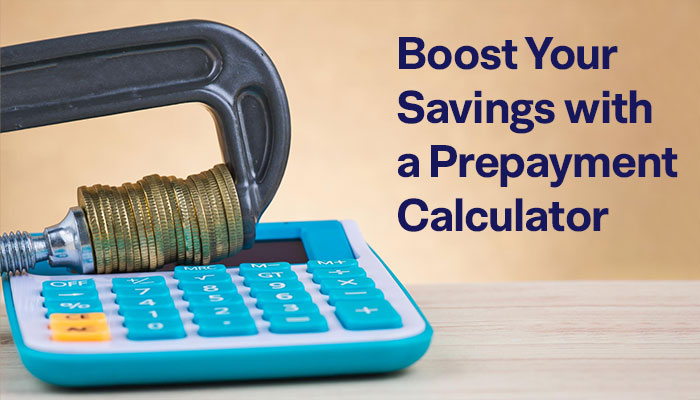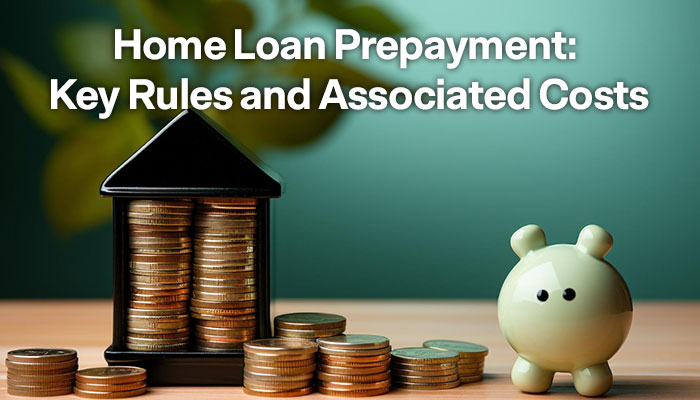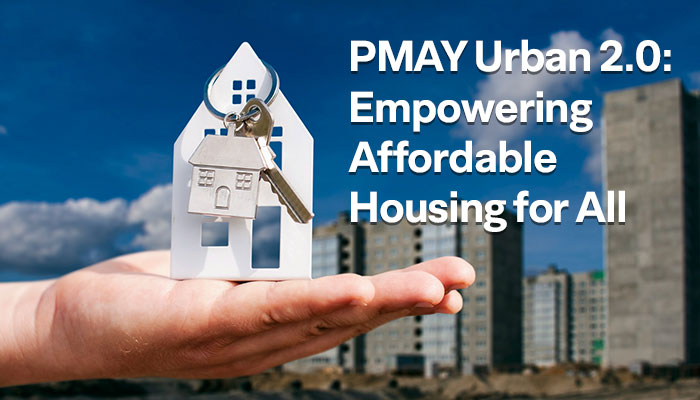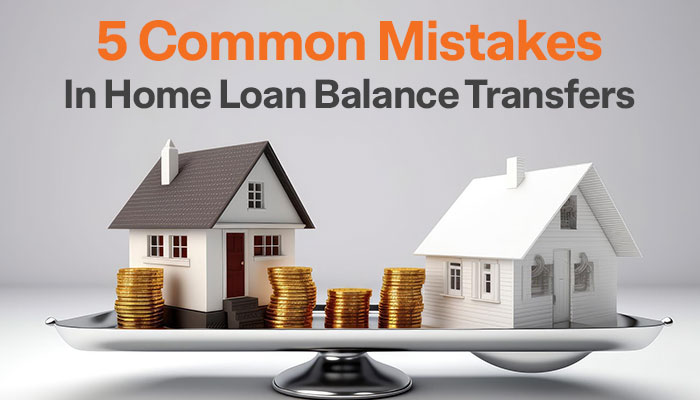Circle Rate vs Market Rate: What every property buyer should know
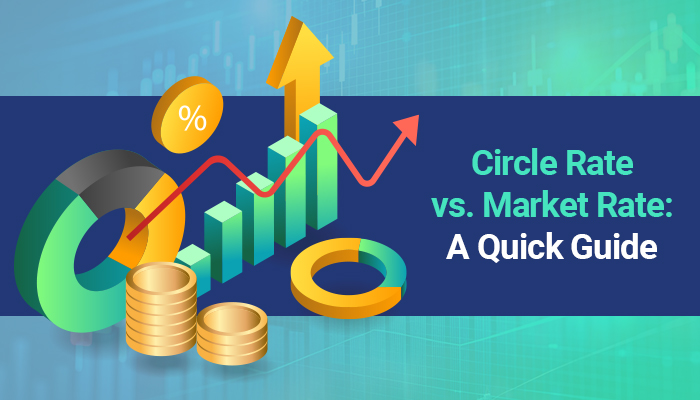
Understanding the various terms and regulations can be overwhelming when buying a property. One of the most critical aspects that often confuses buyers is the difference between the Circle Rate and Market Rate.
Both play significant roles in determining a property's value and calculating stamp duty and registration fees, but they serve different purposes. Here's what every property buyer should know about these two rates.
What is Circle Rate of Property?

How to find circle rate of property
The Circle Rate of land (also known as guideline value or ready reckoner rate) is the minimum value at which a property can be registered with the government. It is determined by the local government or revenue department and varies across different areas. The government revises the circle rate periodically based on factors such as infrastructure development, economic trends, and land value in the locality.
The Circle Rate of property is a tool used by the government to prevent the undervaluation of properties and ensure that adequate taxes are collected during property transactions. Since stamp duty and registration fees are calculated based on the circle rate, it ensures that buyers cannot underreport the transaction value to reduce their tax liabilities.
But how do you find the Circle Rate of property? Let's understand.
How to calculate Circle Rate?
To calculate the Circle Rate, multiply the area of the property (in square feet or meters) by the Circle Rate set by the local authority for that location.
For example, if the Circle Rate is ₹5,000 per square foot and the property is 1,000 square feet, the total value based on the Circle Rate would be ₹50,00,000 (1,000 sq. ft. × ₹5,000).
What is Market Rate?
The Market Rate is the price at which a property is sold or bought. Unlike the circle rate, it is determined by demand and supply dynamics in the real estate market. Location, property condition, amenities, and economic trends influence the Market Rate.
For instance, in high demand and prime locations, a property's market rate might be significantly higher than the circle rate. Conversely, in areas with limited demand, the market rate might be close to or even lower than the Circle Rate.
The market rate is fluid and often varies from one property to another within the same locality. Buyers and sellers negotiate prices based on current trends, amenities, and other influencing factors. As a result, market rates are usually higher than circle rates.
Circle Rate vs Market Rate: Key Differences
Here are some differences listed between the circle rate and the market rate:
| Factors | Circle Rate | Market Rate |
|---|---|---|
| Purpose | Set by government for taxation and property registration purposes. | Actual transaction value based on the agreement between the buyer and seller. |
| Flexibility | Fixed by authorities and remains consistent across specific zones or regions. | Fluctuates based on real-time factors like location, infrastructure, demand, and property condition. |
| Transaction Transparency | Ensures that property transactions are reported at a fair minimum value, reducing the scope for underreporting and tax evasion. | Reflects the property’s true market value, but the transaction can often be subject to negotiation. |
Additionally, stamp duty is typically calculated on the higher value between the circle rate and the market rate. If you purchase a property below the circle rate, you will still need to pay stamp duty based on the circle rate.
Why should Buyers know the difference?
Knowing the difference between circle and market rate is crucial for both buyers and sellers. As a buyer, you might negotiate a lower market price, but if the circle rate is higher, your stamp duty and registration charges will be calculated based on the circle rate, which may increase your costs. On the other hand, if you buy a property at a market rate much higher than the circle rate, you might feel you're paying more in terms of the total transaction value.
Final Thoughts

Knowing the difference between the circle and market rates
Understanding the nuances between circle and market rates helps you make an informed property decision. It assists buyers in anticipating additional costs such as stamp duty and registration fees and provides insights into whether they are getting a fair deal in the current market.
Looking for property financing options? IIFL Home Loans offers competitive home loan rates. Fill out the online application and apply today.
FAQs
Q1. What is the eligibility for a home loan to buy a property?
Here are the home loan eligibility requirements:
- An individual must be between 21 to 65 years of age.
- Lenders usually require a stable income.
Q2. What distinguishes the Market Rate from the Circle Rate?
The market value is the actual price at which the builder sells the property, whereas the administration of a specific area sets the circular rate.
Q3. Is fair value capable of exceeding market value?
Considering these circumstances, the fair market value of an asset ought to be a precise evaluation of its value relative to its current price. Depending on these assumptions, an asset's worth may be greater or lower than its market value.
Q4. What is proof of ownership of property?
Proof of ownership is documentation proving the rightful ownership of a person or organization over a particular asset or parcel of natural land. Depending on the property type, bills of sale, stock certificates, deeds, titles to real estate and automobiles, and other relevant paperwork may be included.
Q5. What are property documents?
Property documentation is essential in real estate transactions as it gives the buyer a new title and transfers ownership to the seller. Any mistake in the documentation could lead to costly legal actions or the forfeiture of assets.
Tags
Disclaimer: The information contained in this post is for general information purposes only. IIFL Home Finance Limited (including its associates and affiliates) ("the Company") assumes no liability or responsibility for any errors or omissions in the contents of this post and under no circumstances shall the Company be liable for any damage, loss, injury or disappointment, etc. suffered by any reader. All information in this post is provided "as is", with no guarantee of completeness, accuracy, timeliness, or of the results, etc. obtained from the use of this information, and without warranty of any kind, express or implied, including, but not limited to warranties of performance, merchantability, and fitness for a particular purpose. Given the changing nature of laws, rules, and regulations, there may be delays, omissions, or inaccuracies in the information contained in this post. The information on this post is provided with the understanding that the Company is not herein engaged in rendering legal, accounting, tax, or other professional advice and services. As such, it should not be used as a substitute for consultation with professional accounting, tax, legal or other competent advisers. This post may contain views and opinions which are those of the authors and do not necessarily reflect the official policy or position of any other agency or organization. This post may also contain links to external websites that are not provided or maintained by or in any way affiliated with the Company and the Company does not guarantee the accuracy, relevance, timeliness, or completeness of any information on these external websites. Any/ all (Home/ Loan Against Property/ Secured Business Loan/ Balance Transfer/ Home Improvement Loan/ NRI Home Loan/ Home Loan for Uniformed Services) loan product specifications and information that may be stated in this post are subject to change from time to time, readers are advised to reach out to the Company for current specifications of the said (Home/ Loan Against Property/ Secured Business Loan/ Balance Transfer/ Home Improvement Loan/ NRI Home Loan/ Home Loan for Uniformed Services) loan.
 Login
Login






